Peel the skin off the cassava, then wash and cut it into bite-sized pieces.
Place water and cassava in a cooking pot (a clay pot is preferable).
Mix in Fenugreek Seeds and Turmeric Powder.
Combine Red Chilli Powder, Unroasted Curry Powder, and Salt, then mix well.
Stir in Curry Leaves, Pandan Leaves, and Red Onion. Cook over medium heat until the cassava is cooked.
Verify if the cassava is cooked by using a fork.
Add Coconut Milk, mix well, and bring to a boil. Set aside.
In a separate pan, heat Coconut Oil and add Cumin Seeds, Mustard Seeds, Shallots, Dried Red Chillies, and Curry Leaves.
Sri Lankan Cassava Curry is now ready to be served.
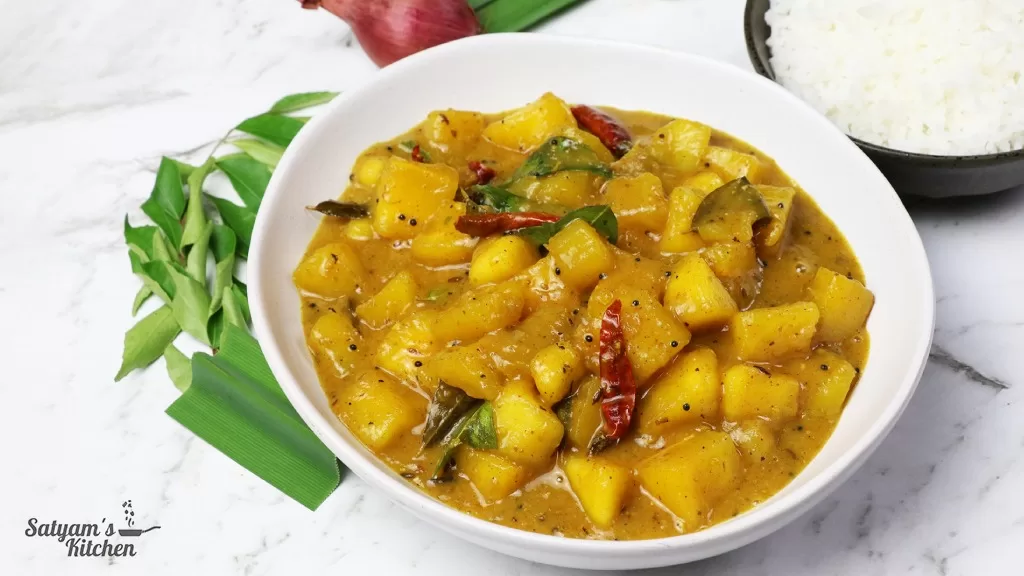
Ingredients
Directions
Peel the skin off the cassava, then wash and cut it into bite-sized pieces.
Place water and cassava in a cooking pot (a clay pot is preferable).
Mix in Fenugreek Seeds and Turmeric Powder.
Combine Red Chilli Powder, Unroasted Curry Powder, and Salt, then mix well.
Stir in Curry Leaves, Pandan Leaves, and Red Onion. Cook over medium heat until the cassava is cooked.
Verify if the cassava is cooked by using a fork.
Add Coconut Milk, mix well, and bring to a boil. Set aside.
In a separate pan, heat Coconut Oil and add Cumin Seeds, Mustard Seeds, Shallots, Dried Red Chillies, and Curry Leaves.
Sri Lankan Cassava Curry is now ready to be served.
Main Ingredients
- Cassava Roots: Cassava, also known as manioc or yuca, is the star ingredient of this curry. It’s a starchy root vegetable widely used in Sri Lankan cuisine. Cassava provides the hearty base for the curry, adding texture and substance to the dish. It’s rich in carbohydrates and dietary fiber, making it a filling and satisfying ingredient.
- Coconut Milk: Coconut milk adds a creamy and luscious texture to the curry, balancing out the earthiness of the cassava and enhancing its flavors. In Sri Lankan cuisine, coconut milk is a staple ingredient used in many dishes for its richness and sweetness. It also serves as a base for the curry sauce, binding the spices and ingredients together while imparting a subtle coconut flavor.
- Spices (Fenugreek Seeds, Turmeric Powder, Red Chilli Powder, Unroasted Curry Powder): These spices are essential for flavoring the curry and giving it its distinctive taste profile. Fenugreek seeds add a subtle bitterness and depth of flavor, while turmeric powder provides a vibrant yellow hue and earthy undertones. Red chilli powder adds heat and spice to the dish, while unroasted curry powder offers a complex blend of spices that are characteristic of Sri Lankan cuisine.
- Curry Leaves and Pandan Leaves: Curry leaves and pandan leaves are aromatic herbs that are commonly used in Sri Lankan cooking. They impart a unique fragrance and flavor to the curry, adding depth and complexity. Curry leaves offer a slightly bitter and citrusy flavor, while pandan leaves contribute a subtle floral aroma.
- Red Onion and Shallots: These aromatic vegetables provide a savory base for the curry, adding depth of flavor and sweetness. Red onion adds a mild pungency, while shallots offer a delicate sweetness and depth. They also help to balance out the spiciness of the curry and enhance its overall taste.
- Coconut Oil: Coconut oil is used for tempering and adds a rich and nutty flavor to the curry. It also helps to infuse the dish with the aroma of coconut, complementing the coconut milk used in the curry sauce.
Tips
- Choose Fresh Cassava: Opt for fresh cassava roots for the best flavor and texture. Look for roots that are firm and free from any soft spots or blemishes.
- Proper Peeling Technique: When peeling the cassava, make sure to remove all the outer skin as it can be tough and fibrous. Use a sharp knife to carefully peel off the skin, ensuring you remove any brownish layers underneath.
- Soak Cassava: Soaking the diced cassava in water for about 10-15 minutes after cutting helps to reduce its starchiness and enhances its texture when cooked.
- Use Authentic Spices: To truly capture the authentic flavors of Sri Lankan cuisine, use high-quality spices such as fenugreek seeds, turmeric powder, and curry leaves. These spices contribute to the rich and aromatic profile of the dish.
- Adjust Spice Level: Adjust the amount of red chili powder according to your spice preference. You can increase or decrease the quantity to suit your taste buds.
- Don’t Overcook Cassava: Be cautious not to overcook the cassava as it can become mushy and lose its texture. Test for doneness by piercing it with a fork; it should be tender yet firm.
- Tempering Technique: Pay attention to the tempering process as it adds layers of flavor to the curry. Ensure the oil is hot enough before adding the cumin seeds, mustard seeds, shallots, dried red chilies, and curry leaves to release their aromas.
- Serve Hot: Sri Lankan Cassava Curry is best enjoyed when served hot with steamed rice or roti. The warmth of the curry enhances the flavors and makes for a comforting meal.
FAQs
Q. Can I use frozen cassava instead of fresh?
A: While fresh cassava is preferable for the best flavor and texture, you can use frozen cassava as a substitute if fresh is not available. Just make sure to thaw it completely before using it in the recipe.
Q. What can I serve with Sri Lankan Cassava Curry?
A: Sri Lankan Cassava Curry pairs well with steamed rice, roti, naan, or even crusty bread. The mild, creamy flavors of the curry complement the starchiness of these accompaniments.
Q. Is it necessary to soak the cassava before cooking?
A: Soaking the diced cassava in water before cooking is recommended as it helps to reduce its starchiness and improves the texture. However, if you’re short on time, you can skip this step, but the texture of the cooked cassava may be slightly different.
Q. Can I adjust the spice level of the curry?
A: Yes, you can easily adjust the spice level of the curry according to your preference. Increase or decrease the amount of red chili powder to make it spicier or milder. You can also add fresh green chilies for extra heat if desired.
Q. Can I make this curry ahead of time?
A: Yes, you can make the Sri Lankan Cassava Curry ahead of time and store it in an airtight container in the refrigerator for up to 2-3 days. Reheat it gently on the stovetop or in the microwave before serving, adding a splash of water or coconut milk if needed to adjust the consistency.
Q. What can I do if my curry is too thick?
A: If your curry turns out thicker than desired, simply add a little more water or coconut milk to adjust the consistency to your liking. Alternatively, you can thin it out with some vegetable or chicken broth.
Recipe Suggestions
Have you tried this recipe?
Mention us @satyamskitchen and tag #satyamskitchenrecipes
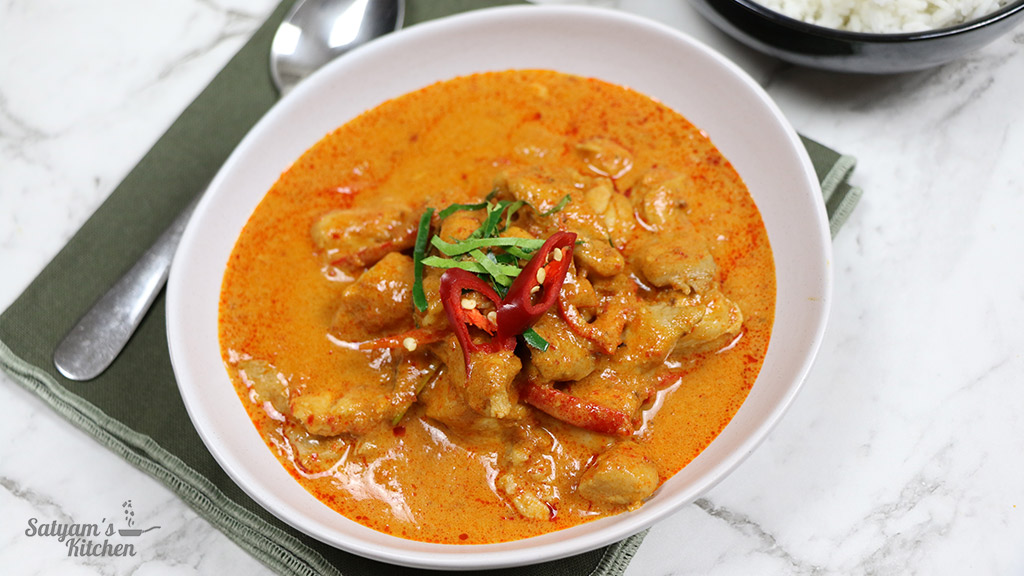
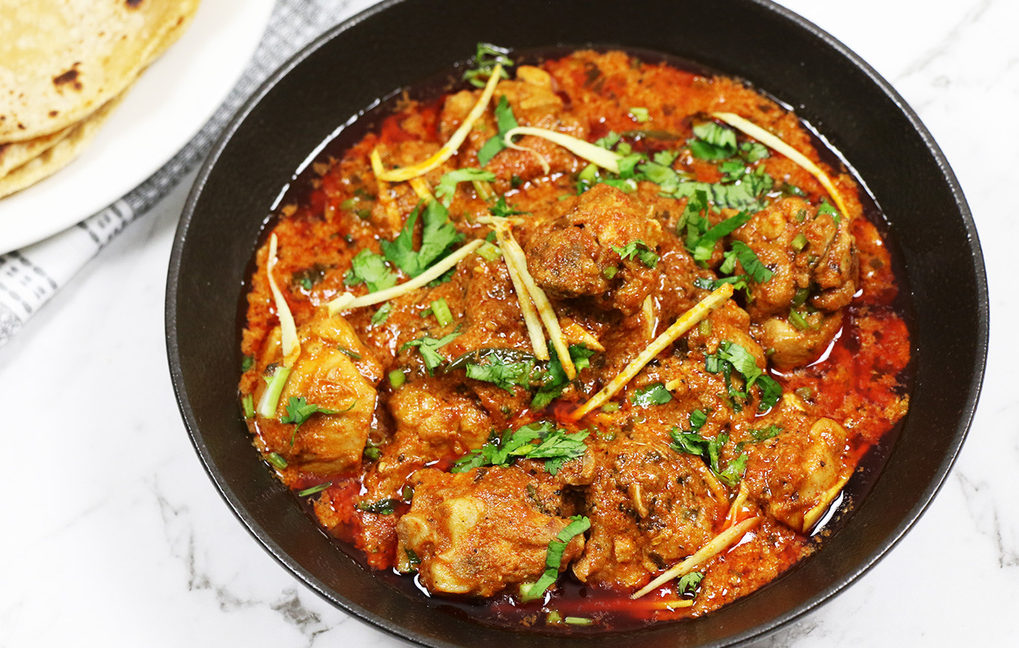
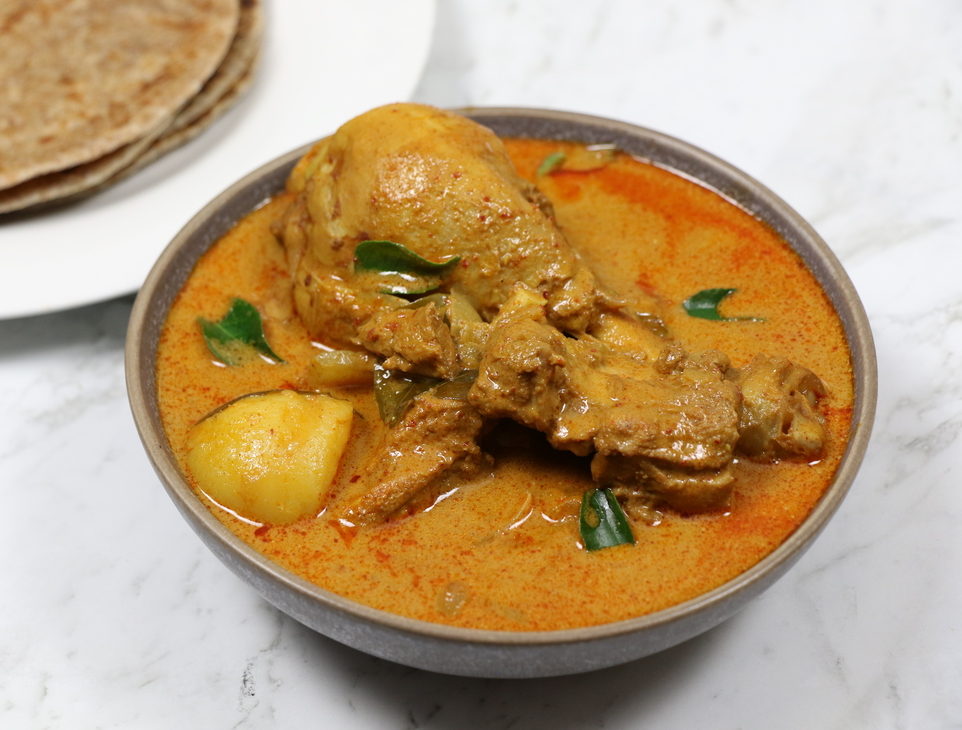

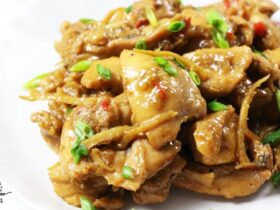
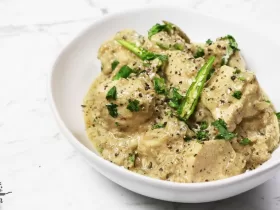
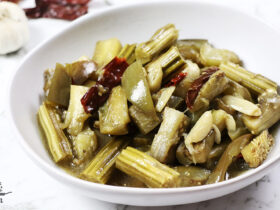
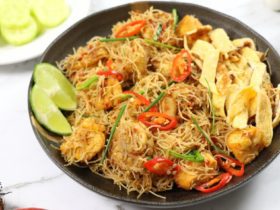
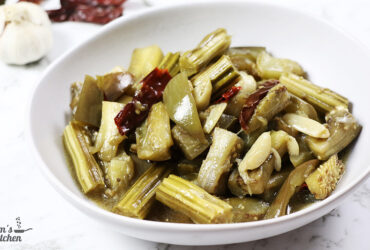
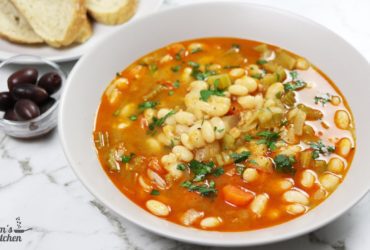
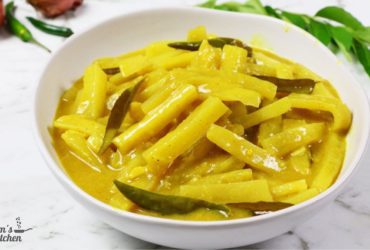
Leave a Review